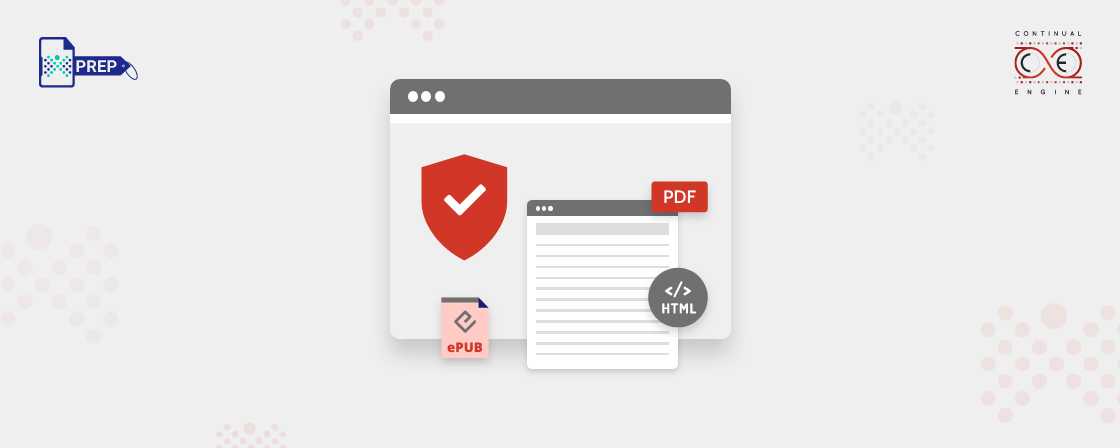Key Takeaways
- PDF remediation involves making PDF documents accessible to individuals with disabilities, while accessible publishing helps create and distribute content in digital formats.
- The benefits of PDF remediation and accessible publishing include improved accessibility, cost-effectiveness, user experience, and improved SEO.
- By making content accessible, organizations can improve their reputation and ensure compliance with legal and ethical requirements.
- Accessible publishing allows easy content translation into multiple languages, further expanding an organization’s reach and impact.
Introduction
Portable Document Format (PDF) is a highly prevalent file format commonly used to distribute documents intended for printing or screen viewing. Nevertheless, ensuring accessibility of PDFs can be challenging, especially for individuals with disabilities such as visual, hearing, or mobility impairments. The process of modifying existing PDFs to enhance accessibility and align with accessibility standards is called PDF remediation. Conversely, accessible publishing produces born-accessible PDFs optimized for assistive technologies, screen readers, and other accessibility tools.
Improved Accessibility
Accessibility is a key advantage of both PDF remediation and accessible publishing. By enhancing the accessibility of content, it becomes perceivable, comprehensible, and valuable to all readers, including individuals with disabilities. This can aid organizations in broadening their audience reach. PDF remediation includes integrating features such as alternative text descriptions for images, proper color contrast, and headings to ensure that documents conform to established accessibility standards. Simultaneously, accessible publishing allows generating content that is inherently optimized for accessibility. Additionally, organizations can enhance their standing and uphold legal and ethical obligations by prioritizing accessibility in their publishing practices.
Compliance with Accessibility Standards
Better User Experience
Enhanced Brand Reputation
Accessibility refers to designing products, services, and environments that can be used by people of all abilities. By making accessibility a priority, companies can demonstrate their commitment to inclusivity and social responsibility. This can enhance their brand reputation among customers, employees, and investors. Inclusive design can also increase the reach and potential customer base offor a business, as people with disabilities and their friends and family are a significant market segment. Ultimately, by prioritizing accessibility, companies can create a positive brand image that aligns with the values of today’s socially conscious consumers.
Improved SEO
Improving content accessibility enhances SEO by improving the user experience for all users, including those with disabilities. It allows your online visitors to browse your content swiftly. They can quickly and easily locate an element of the online resource that is important to them. Improving website accessibility can benefit SEO efforts by enhancing the user experience for all users, including those with disabilities. Search engines place a high value on user experience, making accessibility crucial. Accessible websites tend to have better-organized content, making it easier for search engines to crawl and index, resulting in higher rankings and better visibility in search results.By making all of your material accessible to people with disabilities By making your website accessible to people with disabilities, you can demonstrate your commitment to inclusivity and social responsibility, enhancing your brand reputation and attracting new customers.
How can PREP help in remediating your PDFs for accessibility and inclusion?
Our document remediation solution, PREP, is an AI-driven tool that efficiently tags complex documents, encompassing inaccessible text content, hyperlinks, images, and other visual elements, in a cost-effective and timely manner.
To discover how PREP can support your organization in achieving its accessibility goals and creating an inclusive workplace, we invite you to request a demo today.
Final Thoughts
Transform with Affordable Document Remediation
Experience top-tier PDF remediation powered by AI, delivering unmatched quality, precision, and scalability, all at a fraction of traditional time and cost.
